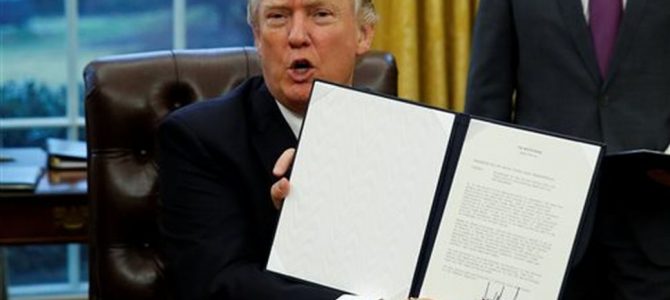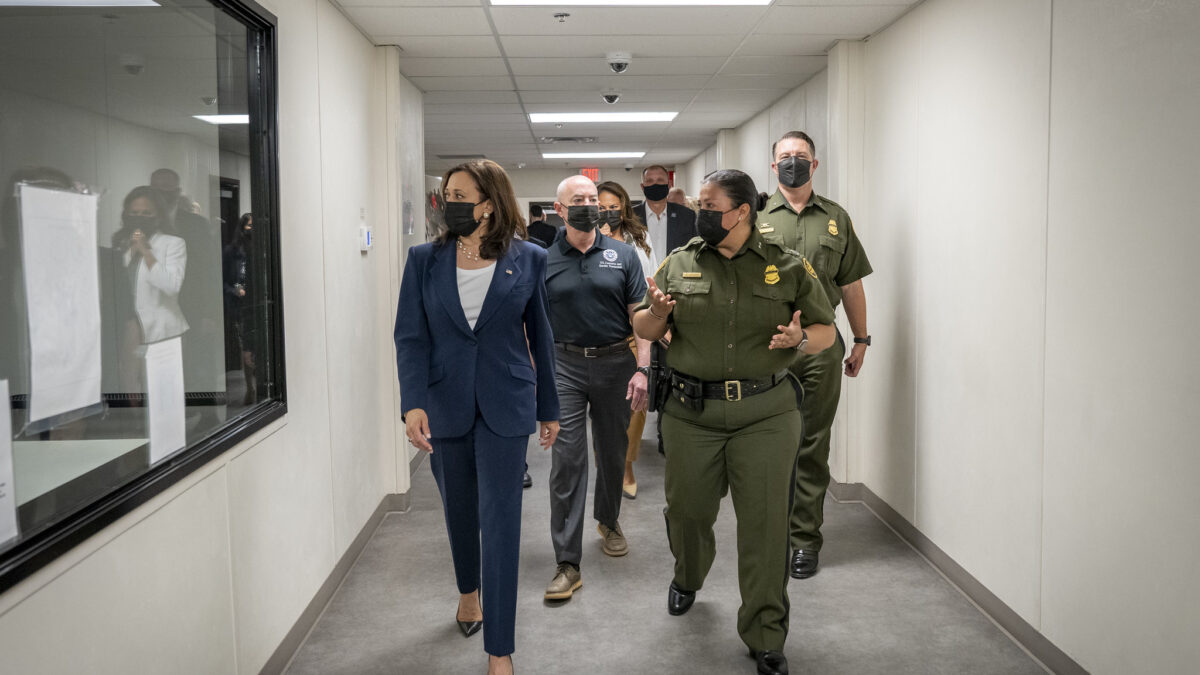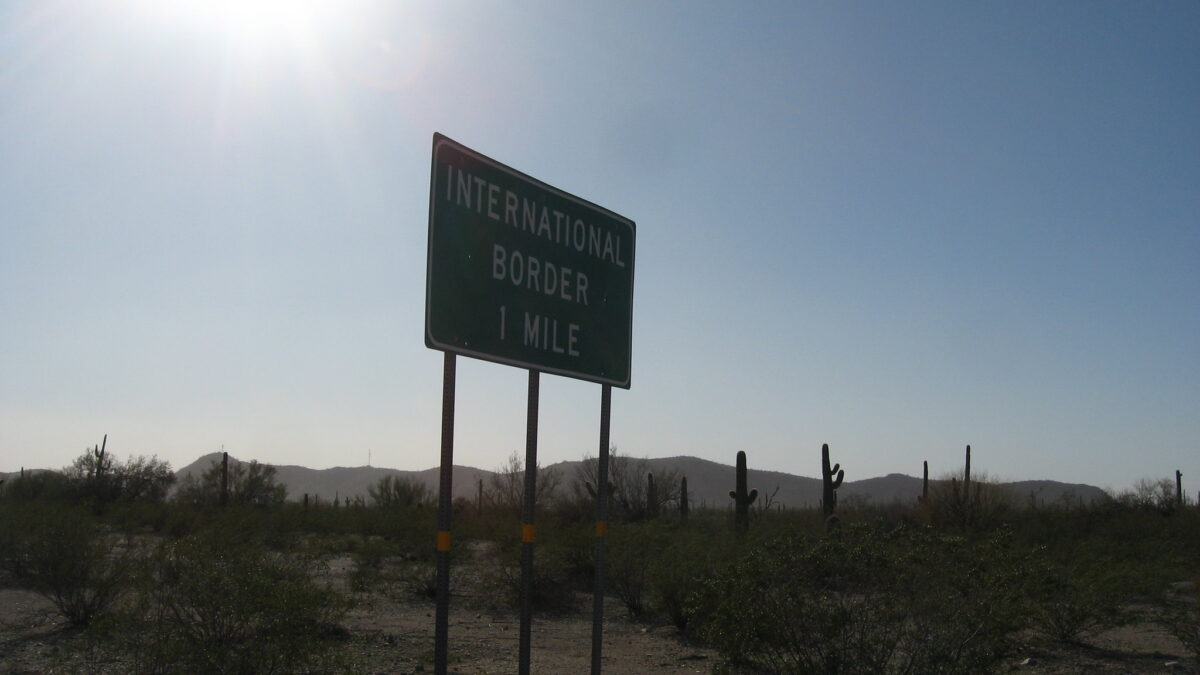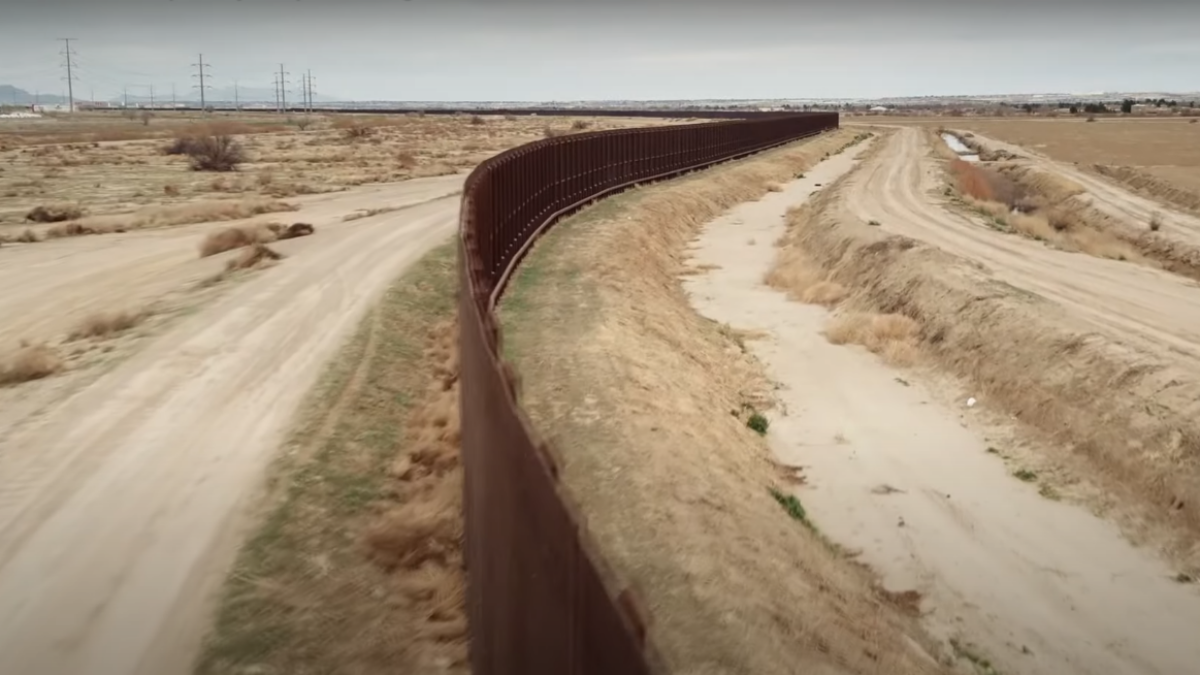
On January 27, President Trump signed an executive order titled “Protecting the Nation From Foreign Terrorist Entry Into the United States.” It was quickly condemned by many media members and human rights and immigration advocacy groups.
Most criticism focused on the order’s so-called “Muslim ban.” The weekend news headlines were one-sided and scary, such as “Trump Bars Refugees and Citizens of 7 Muslim Countries” (The New York Times) and “Trump’s immigration ban sends shockwaves” (CNN.com).
As someone who has advocated for a common-sense immigration reform, I was initially outraged by these reports. Upon reviewing the entire executive order, however, I realized that the mainstream media didn’t present the full picture. Yes, I am concerned about some aspects of the EO, but I also discovered merits in it.
Good News First
Let’s start with the merits that the mainstream media won’t cover. The main objective of this order is to develop a vigilant visa-issuing process “to ensure that those approved for admission do not intend to harm Americans and that they have no ties to terrorism.” The visa-issuing process is one of our first lines of defense. Unfortunately, it has been weakened over the years.
Remember the San Bernardino shooting? One of the shooters, Tashfeen Malik, originally came to the United States on a K-1 fiancée visa. She didn’t encrypt her radical thoughts and anti-American ideas on Facebook prior to her visa application. They were posted for anyone to read. But our immigration officials were prevented from reviewing her easily accessible social media postings due to a secret internal policy that prohibits immigration officials from reviewing foreign visa applicants’ social media accounts.
Trump’s executive order sought to correct such past mistakes by demanding “uniform screening standards and procedures for all immigration programs.” It spells out what kinds of applicants should be kept out of the United States: “those who do not support the Constitution, or those who would place violent ideologies over American law… those who engage in acts of bigotry or hatred (including ‘honor’ killings, other forms of violence against women, or the persecution of those who practice religions different from their own) or those who would oppress Americans of any race, gender, or sexual orientation.”
This is a set of good criteria. The great American experiment can only continue to be successful if newcomers embrace the founding principles and rule of law of this nation. Our founders, while almost unanimously taking a very pro-immigration stand, also emphasized the importance of immigrants abiding by “our customs, measures and laws” (George Washington) because “the safety of a republic depends essentially on the energy of the common national sentiment” (Alexander Hamilton).
We Do Need to Address People Who Overstay
The executive order also addressed the visa overstay issue. An estimated 40 to 60 percent of illegal immigrants came to the United States on legal non-immigration visas, then stayed after those visas expired. Unfortunately, visa overstays have never been an enforcement priority of the Department of Homeland Security (DHS) under any previous administration. Trump’s executive order sought to correct that by demanding that DHS implement “a biometric entry-exit tracking system for all travelers to the United States.”
This is a step in the right direction. I recommend taking it further by replacing paper visas with a smart ID card. Many countries that are normally technically less advanced than the United States, such as India, are already using the smart ID cards because they improve security, collect better data, and reduce processing costs. It’s a viable and affordable option to help U.S. officials keep track of who’s coming and going and whether anyone is overstaying.
Traditionally, states are on the receiving end of the federal government’s immigration policy and have borne a great deal of the cost to settle new immigrants, especially refugees. Trump’s order sought to change that by granting state and local jurisdictions “a role in the process of determining the placement or settlement.”
It’s Not a ‘Muslim Ban’
Unfortunately, critics ignored these good policies and chose to present the executive order simply as an anti-Muslim measure because seven predominately Muslim countries (Iraq, Syria, Iran, Sudan, Libya, Somalia, and Yemen) are designated as the target for the temporary visa suspension. But Trump didn’t name any of these countries in his executive order. He merely followed an existing U.S. law established under President Obama, which limited visas issued to these “countries of concern.”
In addition, none of these seven counties are in the top 10 most populous Muslim countries in the World. If Trump truly intended to “ban Muslims” from entering the United States, he would have applied the temporary visa ban to a very different list of countries.
While the order clearly sought to “prioritize refugee claims made by individuals on the basis of religious-based persecution,” it intentionally leaves the religious minorities undefined so anyone, including a Muslim, can apply. Let’s not forget some Muslim sects such as the Sufi are religious minorities, even in predominately Muslim countries. Further, the argument that the order favors Christians over other religious groups has no basis either, because a quick word search of “Christian” in the published text yields nothing.
The Executive Order Isn’t Perfect
However, I’m concerned that the halt to processing refugees from Syria with no target end date is overly harsh. There’s no evidence that Syrian refugees pose any particular security threat in the United States greater than the threat from refugees from any other countries. It’s true that some ISIS terrorists have infiltrated among Syrian refugees and caused harm in Europe, but that’s mainly due to Europe’s open border policy with very limited vetting processes.
That’s not the case in the United States. Even under the Obama administration, the United States only accepted Syrian refugees who were referred by the United Nations refugee agency and who had gone through an extensive security check. Yes, we can always improve upon our screening process. But it’s not fair to single out Syrian refugees.
What Trump should have done is to emphasize that the Syrian war has resulted in more than 10 million refugees. It’s impossible to transfer all of them to the United States or Europe. The only viable solution is to create safe zones.
What to Do With Headlines
The executive order ran into some implementation issues as soon as it went into effect. About a hundred travelers, including refugees and green card holders, were detained at airports throughout the United States last weekend (they were free to leave by Monday). One of them, Hameed Khalid Darweesh, had put his own life in danger by working “as a contractor for the U.S. government in Iraq for about a decade, including as an interpreter for the Army.” People like Darweesh, who loves America and sacrificed for the American cause, should be welcomed with open arms. Similarly, green card holders have gone through the security check process and should be able to travel freely because they are legal residents in this country.
The executive order clearly stated that “the Secretaries of State and Homeland Security may jointly determine to admit individuals to the United States as refugees on a case-by-case basis.” Before President Trump signed the executive order, the secretaries of State and Homeland Security (or whoever was in charge then) should have identified the procedure and the contact personnel for individual case review and posted this information online as soon as the executive order took effect. That would have prevented the unfortunate episode at the John F. Kennedy airport and avoided bad PR.
As I said, the executive order has issues as well as merits. The lessons learned for the Trump administration is that immigration is too complex an issue to be addressed through executive orders. A stroke of the pen can impact millions of people’s lives. A much better approach for Trump is to work with Congress to come up with a well-thought-out immigration reform bill.
The lesson learned for the rest of us? Once again, mainstream media proved they are incapable of telling the whole truth, but are capable of sowing confusion and fear. In this age of “fake news” and a liberal outrage bent on opposing anything Trump, we all have to become textualists and go directly to the source of the information before making up our minds.









